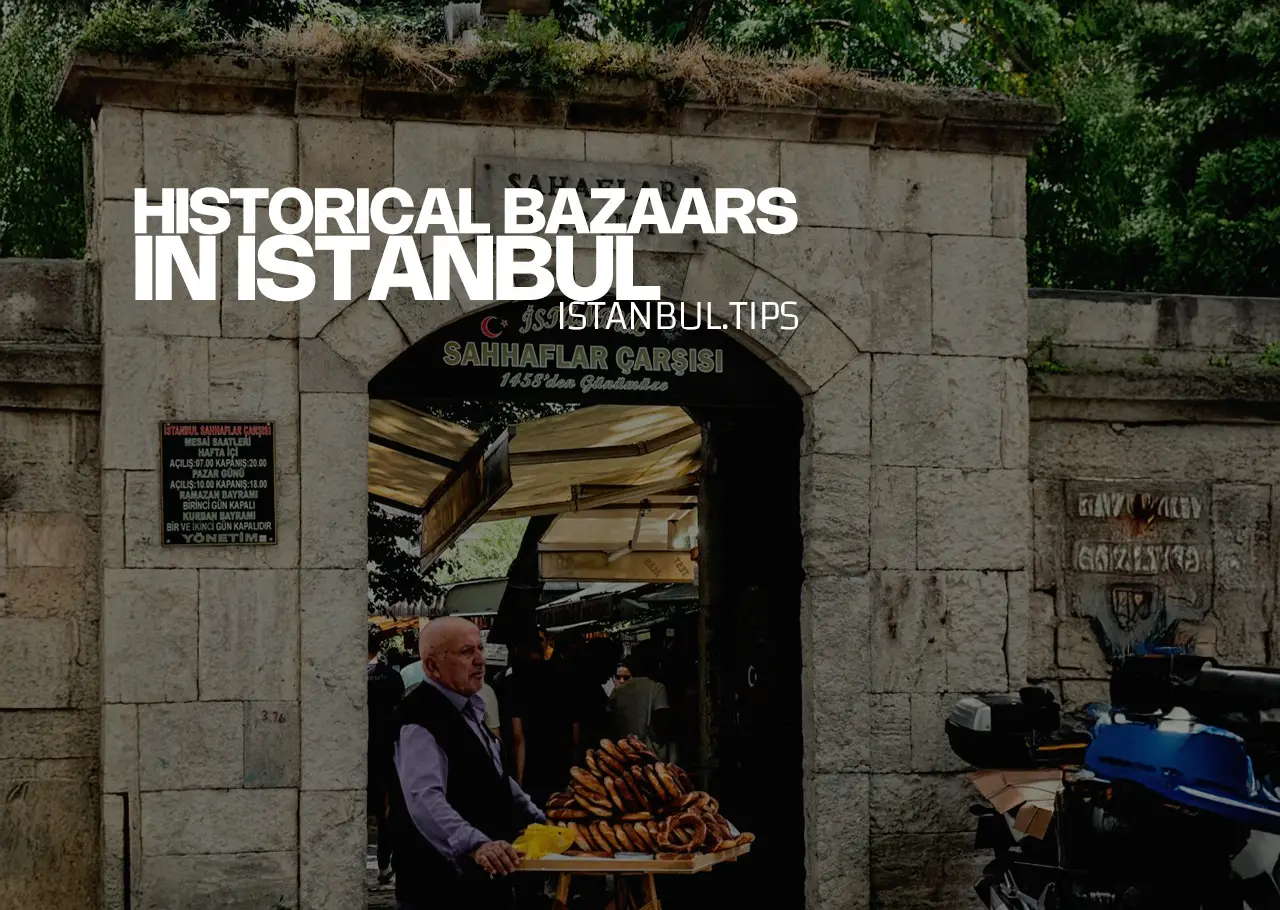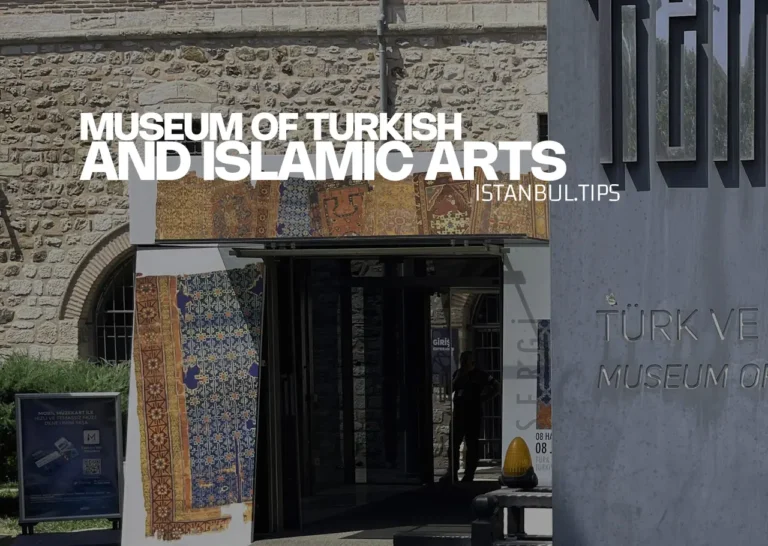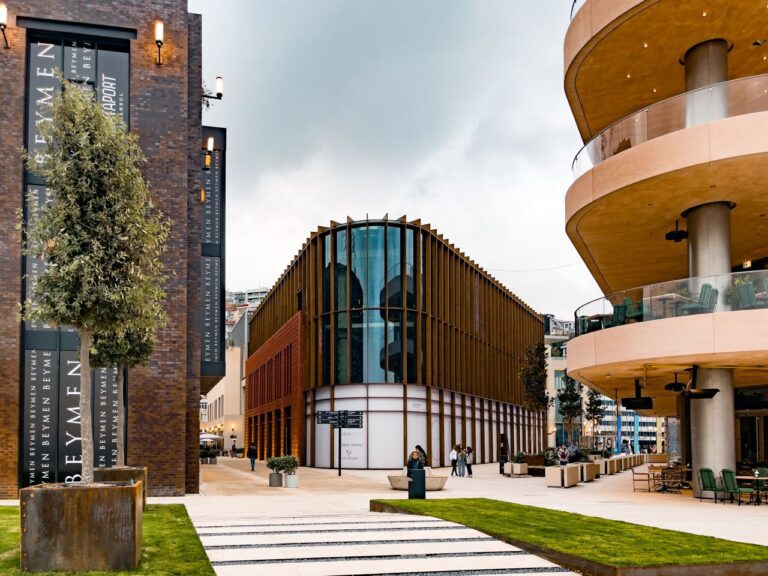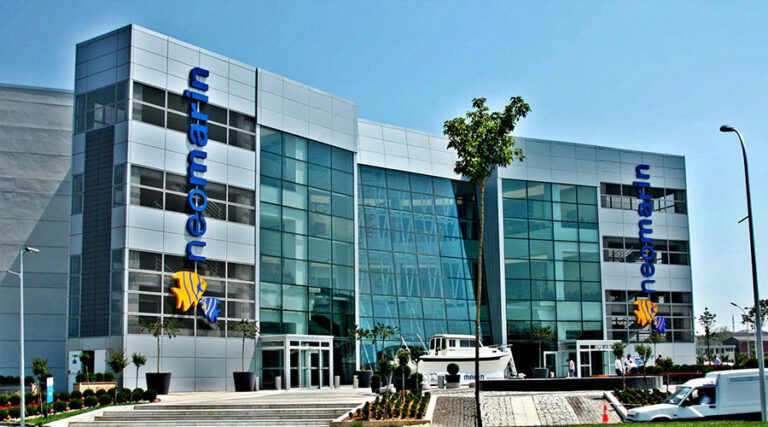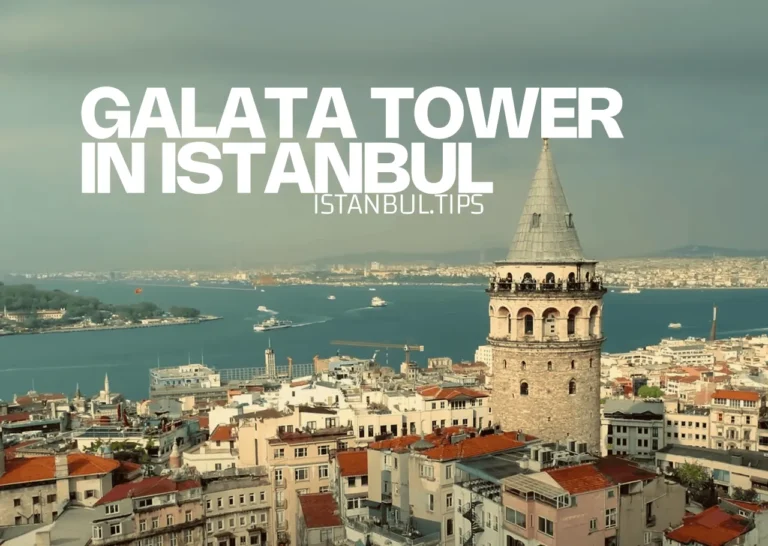8 Historical Bazaars in Istanbul: Beyond Grand Bazaar 2025
Pay Once and Have Free Attractions Entry for 7 days
Istanbul’s bazaars are a big part of the city’s life and history. Each has its own vibe, and they’re perfect for discovering local culture, trying new foods, or finding unique souvenirs. Here’s a closer look at some of the most famous and historical bazaars around Istanbul.
🛳️ Don’t Miss Famous Bosphorus Cruises
Istanbul: Bosphorus Dinner Cruise & Show with Private Table 🌟 4.8 / 5 (13369 reviews)
Istanbul: Sunset or Daytime Yacht Tour w/AudioGuide & Snacks 🌟 4.9 / 5 (1239 reviews)
3 Bazaars You Should Know
Asian Side: Kadıköy Market
Antique: Feriköy
Underrated: Arasta Bazaar
1. Grand Bazaar (Kapalıçarşı)
- Established: 1461
- Location: Beyazıt, 34126 Fatih/İstanbul, Türkiye
Built shortly after the Ottoman conquest of Constantinople, the Grand Bazaar was created to promote the city as a new trading hub. Initially, it consisted of just two bedestens (domed structures) that housed valuable goods like silk, jewellery, and spices. Over time, it expanded into a market with more than 4,000 shops spread across 61 streets.
Historically, it served as a key financial and commercial center, attracting traders from across Europe, Asia, and the Middle East.
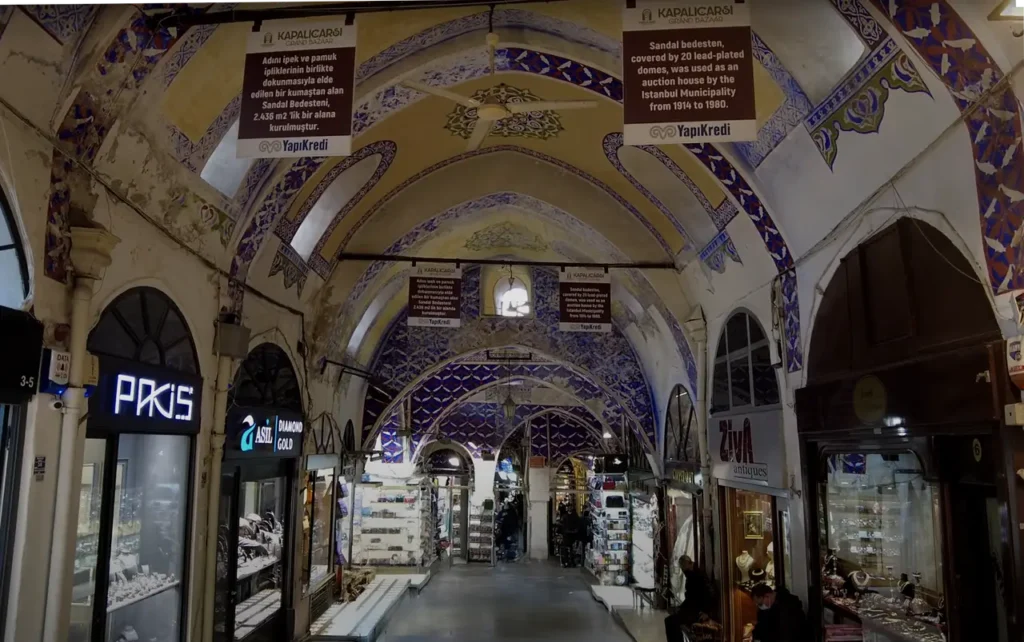
Architecture
The market’s layout features a labyrinthine network of streets, arches, and domes. The original structure’s domes were used to store gold and precious goods, while the maze of narrow passages protected it from the weather and theft. The design includes traditional Ottoman and Byzantine architectural elements.
2. Spice Bazaar (Mısır Çarşısı)
- Established: 1664
- Location: Rüstem Paşa, 34116 Fatih/İstanbul, Türkiye
Built as part of the New Mosque complex, the Spice Bazaar, also known as the Egyptian Bazaar, was initially funded by taxes levied on Egyptian products. It connected the Ottoman Empire with regions such as India, Persia, and Arabia.
This market is all about flavours. You can buy spices, herbs, teas, dried fruits, and Turkish delights. It’s a great spot for gifts and tasting traditional Turkish snacks.
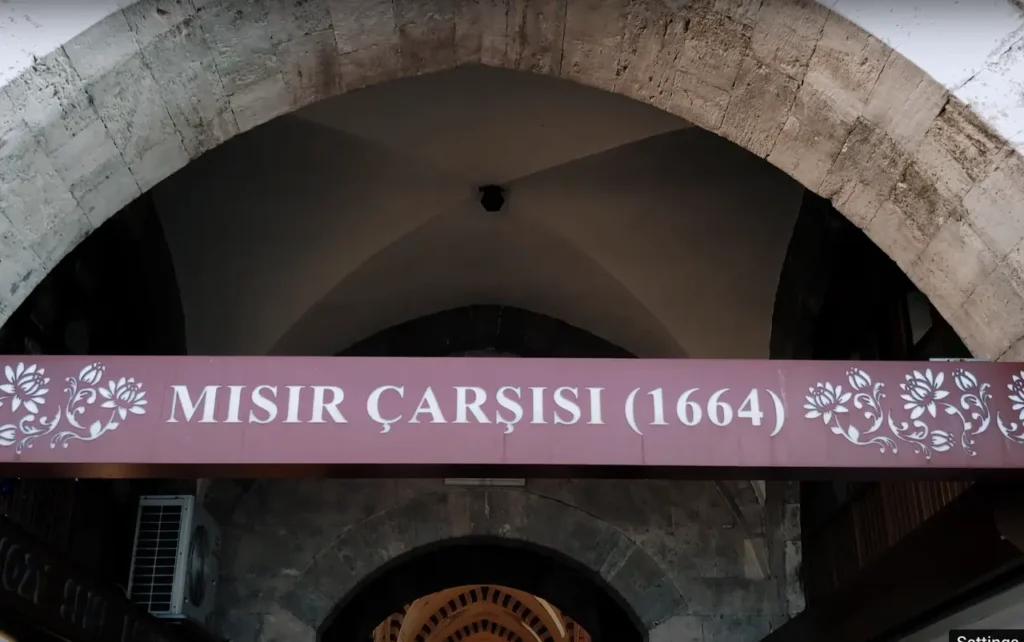
The L-shaped bazaar was designed by architect Kâzım Ağa and has six gates. Its stone-built structure, large arched windows, and high ceilings with painted decorations exemplify Ottoman architectural styles.
Don’t Miss The Best Tours and Cruises in Istanbul
3. Arasta Bazaar
- Established: 17th Century
- Location: Sultan Ahmet, Mimar Mehmet Ağa Cd. No:2, 34122 Fatih/İstanbul, Türkiye
The Arasta Bazaar was originally developed to serve the artisans and craftsmen who worked for the Ottoman royal court, specifically for the Topkapi Palace. It was a part of the local economy, with many stalls selling high-quality textiles, ceramics, and leather goods.
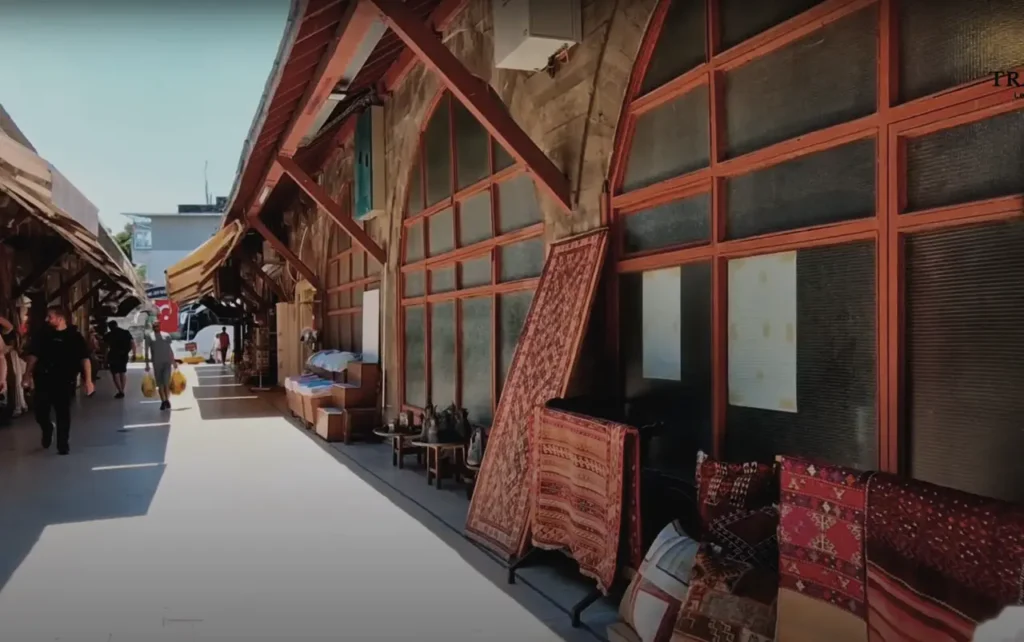
The bazaar follows a linear design with a covered passage. It has the traditional style, with small, uniformly arranged shops and arched entrances.
4. Sahaflar Çarşısı (Book Bazaar)
- Age: Origins trace back to the Byzantine period
- Location: Mollafenari, No:, Medrese Çk. No:4, 34120 Fatih/İstanbul, Türkiye
One of the oldest book markets in the world, Sahaflar Çarşısı was originally a hub for scholars and intellectuals. It was famous during the Ottoman era as a center for manuscript copying and sales, including religious texts, historical chronicles, and scientific works. It still has rare manuscripts and scrolls.
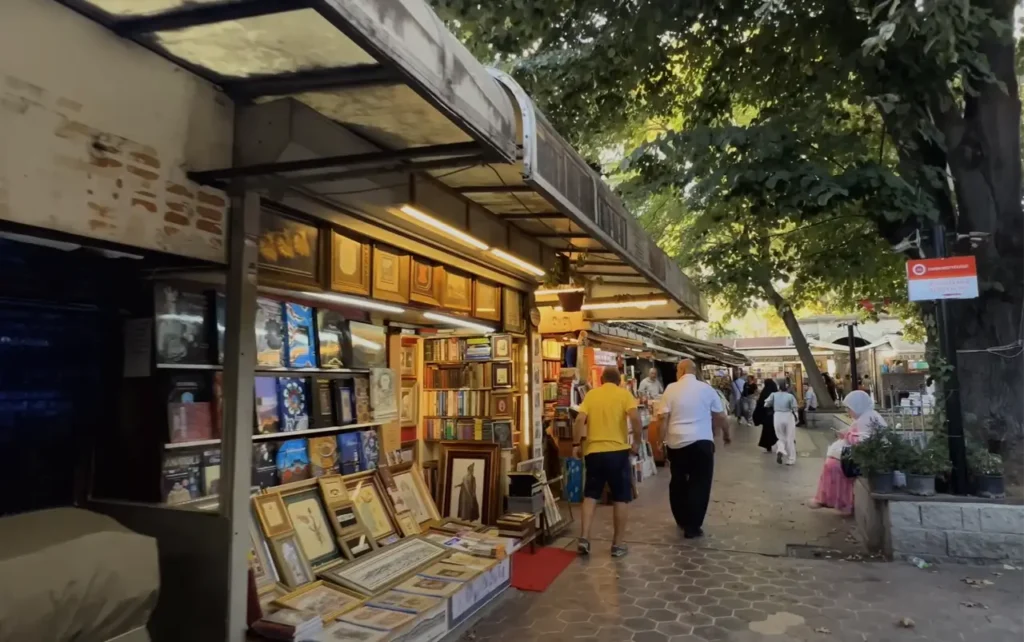
Unlike the larger, more expansive bazaars, this is a smaller, open-air courtyard surrounded by bookstalls.
5. Tahtakale Streets
- Location: Tahtakale, 34116 Fatih/İstanbul, Türkiye
Tahtakale was historically the heart of commercial activity in the Ottoman period, serving as a key area for wholesale trading. Positioned close to the ports, it connected merchants to local and international routes. Now it is cheaper than Grand Bazaar so for bazaar bargains you should come exactly here.
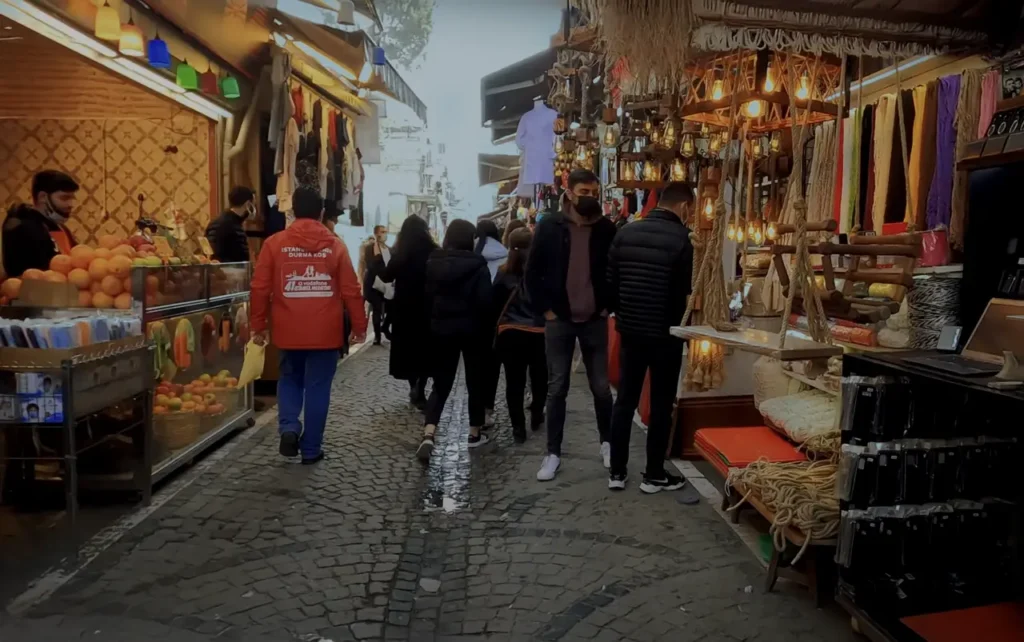
The streets look like narrow, winding paths lined with small, densely packed shops. The architecture is a blend of Ottoman and Byzantine styles, with historical stone buildings in the backgrounds.
6. Feriköy Flea Market (Antique Bazaar)
Though not as ancient as the Grand Bazaar, Feriköy has become a part of Istanbul’s market scene. Originally a place for fresh produce, it has grown into an enormous flea market known for its antiques.
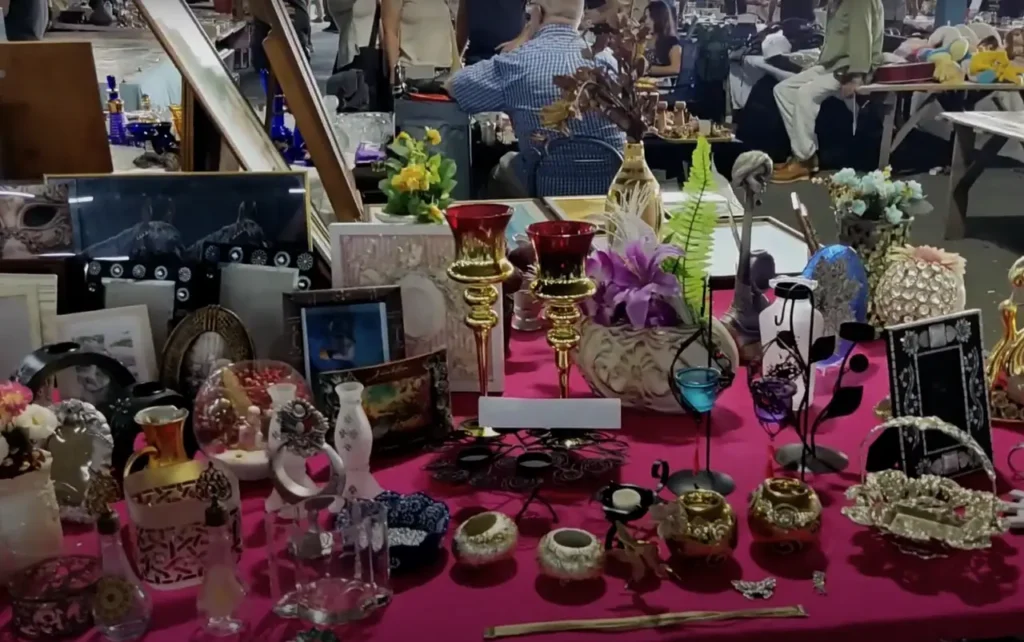
It gives new meaning to “historical” by showcasing items from various periods of Turkey’s past. Unlike traditional bazaars, it is set up as an open-air market on weekends. The eclectic stalls showcase a mix of antiques, vintage clothes, and memorabilia.
7. Balık Pazarı (Fish Market)
While nobody knows exactly when it first opened, the Balık Pazarı (Fish Market) is deeply rooted in Istanbul’s food culture. Located close to major trade routes, it became a key spot for fresh seafood, serving both homes and restaurants across the city.
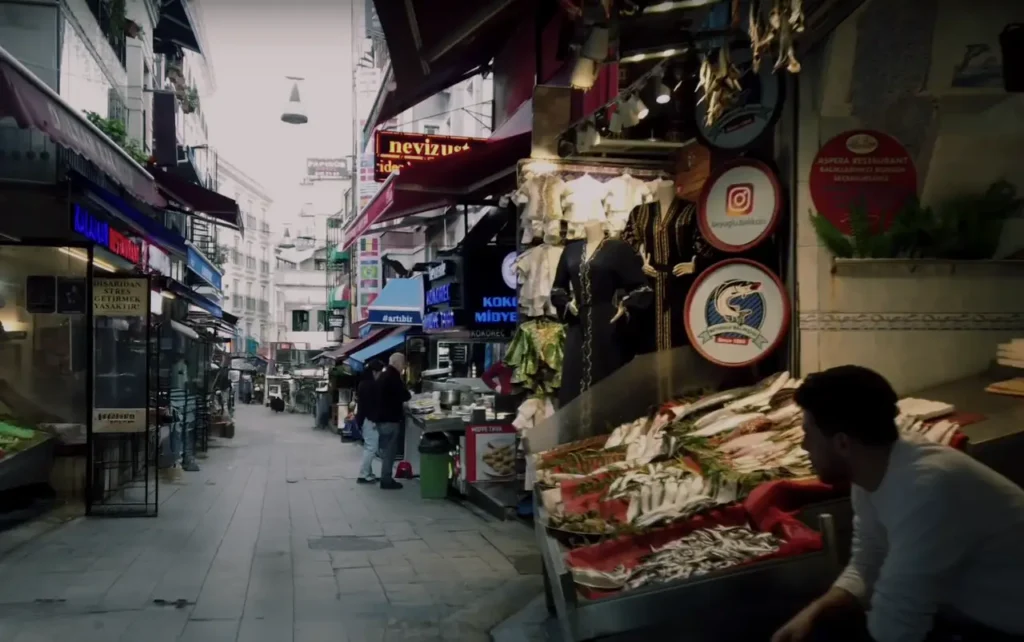
This is an open-air market, with stalls lined up along narrow streets. It hasn’t changed much over the years, keeping the same vibrant, bustling feel. When you visit, expect to hear calls from vendors, smell fresh fish, and see locals haggling for the best price.
8. Kadıköy Market (Kadikoy Balik Pazari)
Kadıköy Market represents the everyday life on the Asian side of Istanbul. While not as ancient as others, it captures the city’s dynamic mix of traditional and modern through its assortment of fresh produce, seafood, and Turkish sweets. Historically, Kadıköy was an important part of the Ottoman trade network.

Featuring open-air stalls and permanent shops, the market is surrounded by narrow streets.
Neighborhood Markets (Pazar)
Throughout Istanbul, every neighborhood (mahalle) has its own weekly market, known as “Pazar.” Each market day is an event, bringing together residents who come to buy fresh produce, clothes, and household goods.
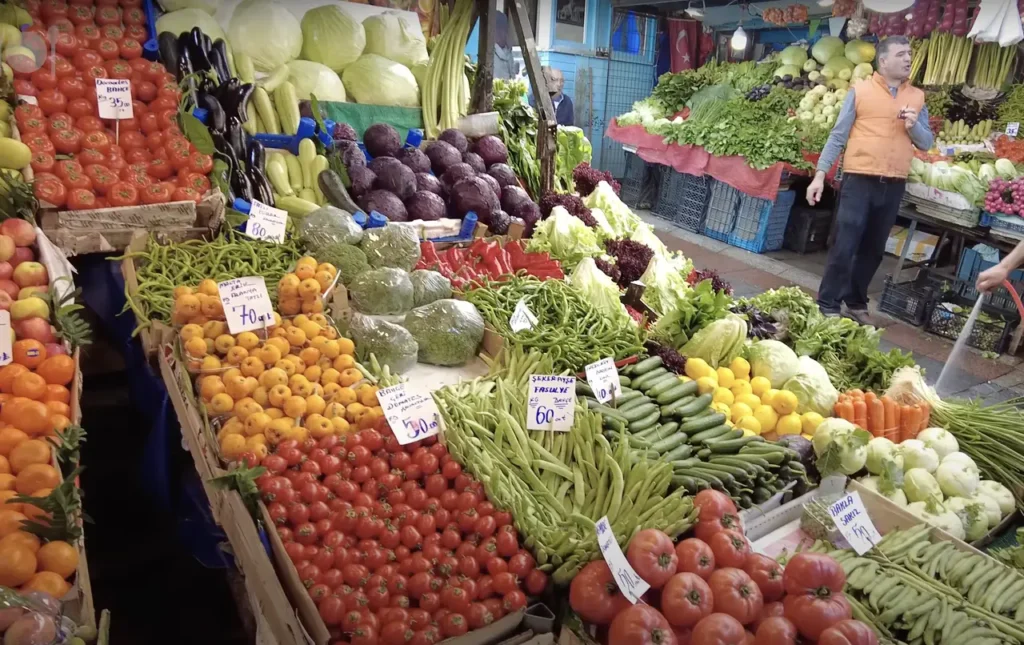
Don’t Miss The Best Tours and Cruises in Istanbul
Old City Digital Route №1
A step-by-step guide to uncovering Istanbul’s hidden gems beyond Sultanahmet. Access the route via Google Maps and a handy PDF guide, both packed with:
- Local dining spots for any budget
- Currency exchange tips
- Recommended hotels in Fatih
- Directions from the airport to Sultanahmet
- Souvenir and gift ideas
$9.99
